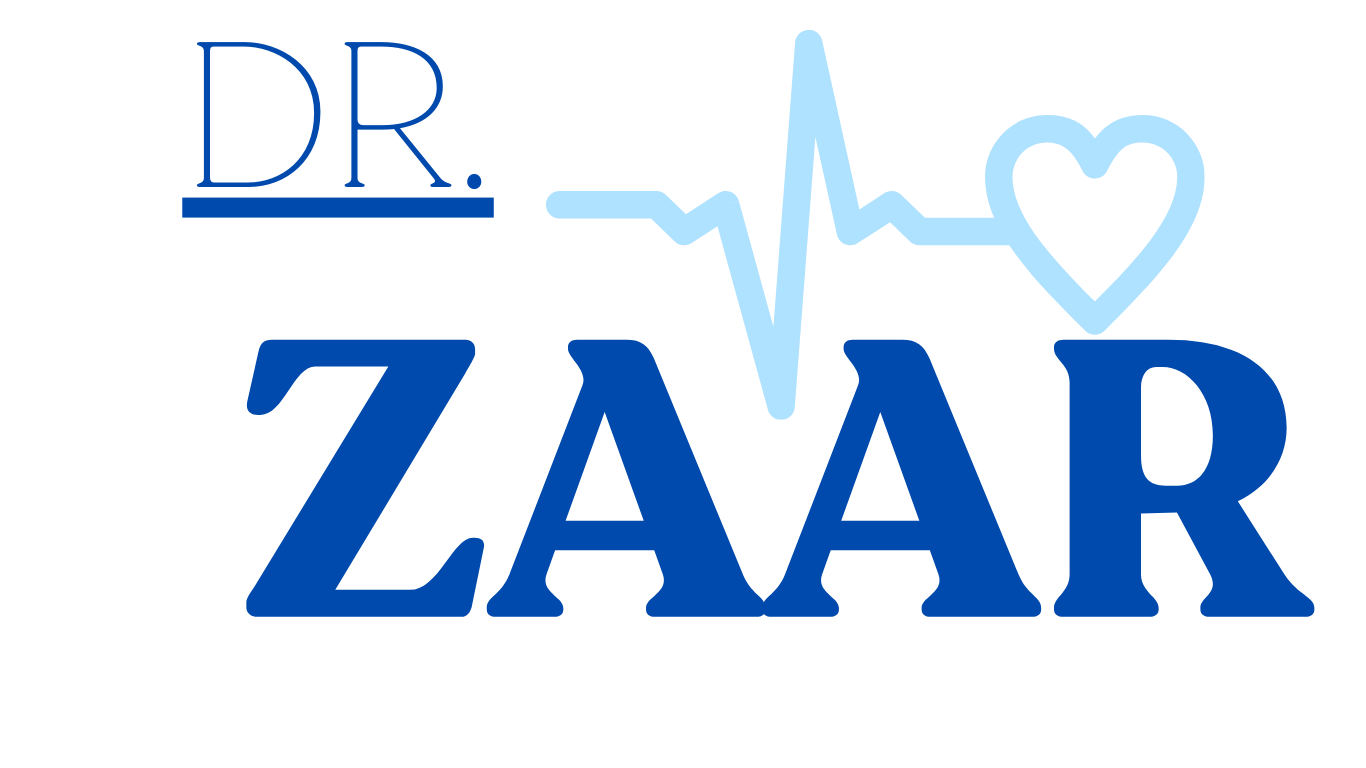Hepcidin and Gonadal Hormone Disorders: Unraveling the Impact on Iron Homeostasis in Endocrine Dysfunction
: Hepcidin and Gonadal Hormone Disorders: Unraveling the Impact on Iron Homeostasis in Endocrine Dysfunction
Introduction:
Gonadal hormone disorders encompass a wide range of conditions characterized by imbalances in sex hormones, such as estrogen and testosterone. While these disorders primarily affect reproductive health, emerging research suggests a potential connection between gonadal hormone disorders and hepcidin, a central regulator of iron metabolism. This article explores the intricate interplay between hepcidin, gonadal hormone disorders, and its implications for iron homeostasis in the context of endocrine dysfunction.
I. Hepcidin: The Master Regulator of Iron Metabolism:
Hepcidin, primarily produced by the liver, plays a pivotal role in governing systemic iron balance. It regulates iron absorption in the intestines, iron recycling from macrophages, and iron release from hepatocytes by binding to ferroportin, a transmembrane protein responsible for exporting iron from these cells into the bloodstream. Elevated hepcidin levels lead to ferroportin degradation, reducing iron release and absorption.
II. Gonadal Hormone Disorders:
Gonadal hormone disorders encompass conditions such as polycystic ovary syndrome (PCOS), hypogonadism, and estrogen or testosterone imbalances. These disorders often manifest with various reproductive and endocrine-related symptoms.
III. Hepcidin Dysregulation in Gonadal Hormone Disorders:
Recent studies suggest a potential interplay between hepcidin and gonadal hormone disorders:
A. Estrogen Influence:
- Estrogen and Hepcidin: Estrogen, a primary female sex hormone, has been shown to influence hepcidin regulation. Gonadal hormone disorders with estrogen imbalances may lead to alterations in hepcidin production.
B. Testosterone Influence:
- Testosterone and Hepcidin: Testosterone, a primary male sex hormone, can also impact hepcidin levels. Gonadal hormone disorders with testosterone imbalances may affect hepcidin regulation.
IV. Clinical Implications and Treatment:
Understanding the potential role of hepcidin in gonadal hormone disorders has several clinical implications:
A. Diagnostic Value:
Monitoring hepcidin levels in individuals with gonadal hormone disorders may provide insights into iron metabolism and potential contributions to anemia or iron overload. Regular assessments of iron parameters can guide clinical management.
B. Hormone Replacement Therapy (HRT):
In some cases, HRT may be prescribed to manage gonadal hormone disorders. Estrogen or testosterone replacement therapy may indirectly influence hepcidin regulation and iron metabolism.
C. Iron Supplementation:
For individuals with gonadal hormone disorders and iron deficiency or anemia, individualized iron supplementation, guided by laboratory assessments, may be recommended. The timing and dosing of iron supplementation should consider hepcidin regulation.
V. Future Directions and Research:
Continued research aims to:
- Elucidate the precise mechanisms by which gonadal hormone disorders influence hepcidin regulation and iron metabolism, considering both estrogen and testosterone dynamics.
- Investigate the clinical significance of hepcidin modulation on iron balance and anemia or iron overload in individuals with gonadal hormone disorders, potentially leading to tailored treatment approaches.
- Explore potential therapeutic interventions targeting hepcidin and iron homeostasis to optimize the overall health and quality of life for individuals with gonadal hormone disorders.
A. Impact on Iron Homeostasis:
- Estrogen Imbalances: In conditions like PCOS, where estrogen levels may be elevated or imbalanced, changes in estrogen signaling may influence hepcidin production. This can potentially impact iron absorption and release.
- Testosterone Imbalances: Conditions like hypogonadism, characterized by low testosterone levels, may also have implications for hepcidin regulation. Testosterone has been shown to affect hepcidin levels, and imbalances in this hormone can further contribute to iron disturbances.
VII. Clinical Considerations:
Understanding the complex connections between hepcidin, gonadal hormone disorders, and iron balance has clinical implications:
A. Hormone Replacement Therapy (HRT):
- When considering HRT for individuals with gonadal hormone disorders, healthcare providers may take into account its potential impact on hepcidin regulation and iron metabolism. The choice of HRT type, dosage, and duration may be influenced by these factors.
B. Anemia Management:
- Identifying and addressing anemia or iron overload in individuals with gonadal hormone disorders may require a comprehensive approach. Monitoring iron parameters, hormonal status, and hepcidin levels can guide individualized treatment plans.
C. Iron Supplementation:
- For those with gonadal hormone disorders and iron-related issues, such as iron deficiency or anemia, healthcare providers may recommend iron supplementation. Careful dosing and timing should consider both iron status and hepcidin regulation.
VIII. Future Research Directions:
Ongoing research in this field aims to:
- Elucidate the precise mechanisms by which estrogen and testosterone imbalances in gonadal hormone disorders influence hepcidin regulation and iron metabolism, considering both hormonal dynamics and their interplay with hepcidin.
- Investigate the clinical significance of hepcidin modulation on iron balance and iron-related disorders in individuals with gonadal hormone disorders, potentially leading to tailored treatment strategies.
- Explore potential therapeutic interventions targeting hepcidin and iron homeostasis to optimize the overall health and quality of life for individuals with gonadal hormone disorders.
Conclusion:
The emerging connection between hepcidin, gonadal hormone disorders, and iron balance underscores the complexity of endocrine dysfunction. Recognizing the potential implications of hepcidin dysregulation in these disorders opens avenues for innovative diagnostic tools and therapeutic approaches. Continued research in this field promises to refine the care of individuals with gonadal hormone disorders, addressing not only reproductive aspects but also iron-related aspects of these conditions, ultimately improving their overall health and well-being.
Related Blogs
- December 25, 2023
Adiponectin and the Metabolic Mayhem of.
Imagine a tightrope walker delicately balancing on a thin cord, their every step carefully measured to maintain equilibrium. In the.
Read More
- January 26, 2024
Pregnenolone: Unraveling its Potential in Alleviating.
Introduction: The human endocrine system is a complex network of glands and hormones that regulate various bodily functions, including metabolism,.
Read More